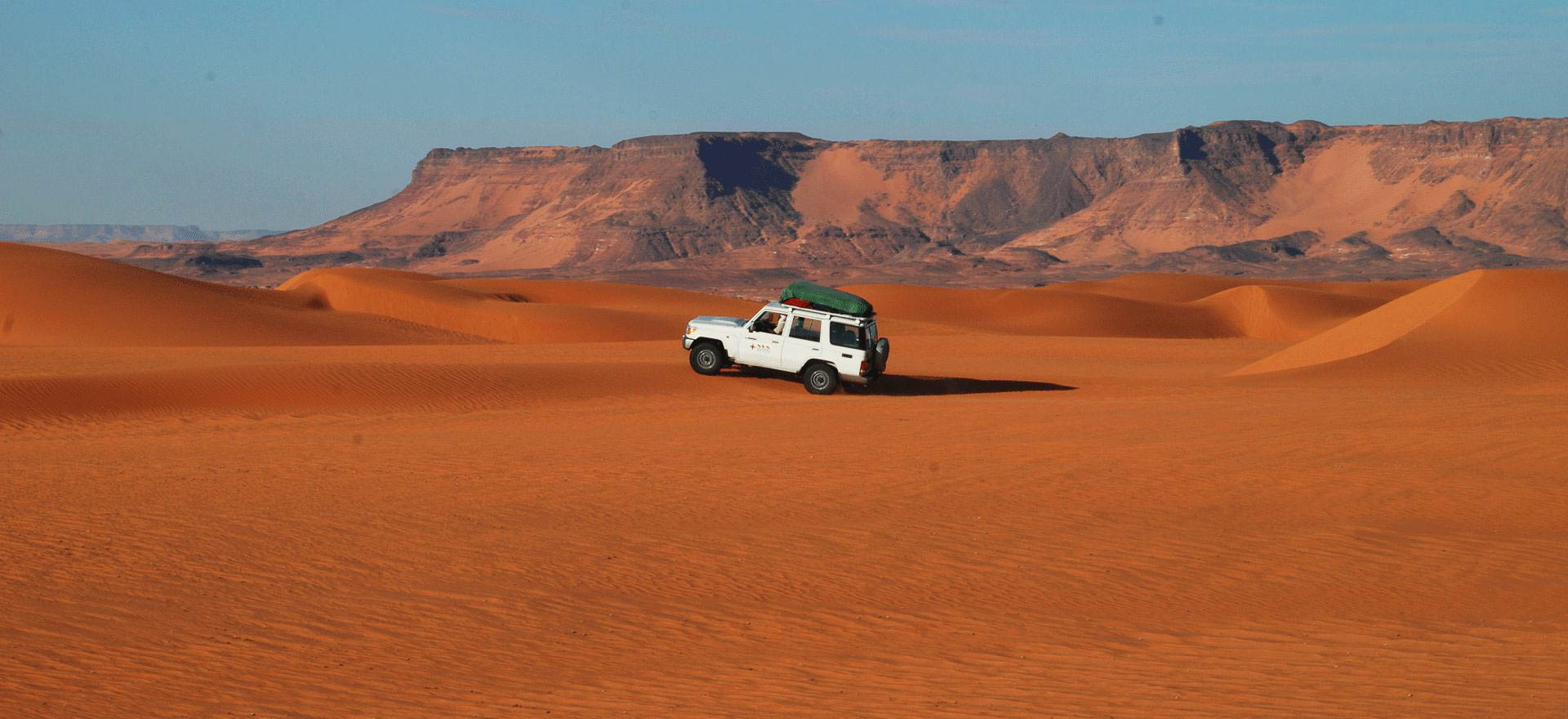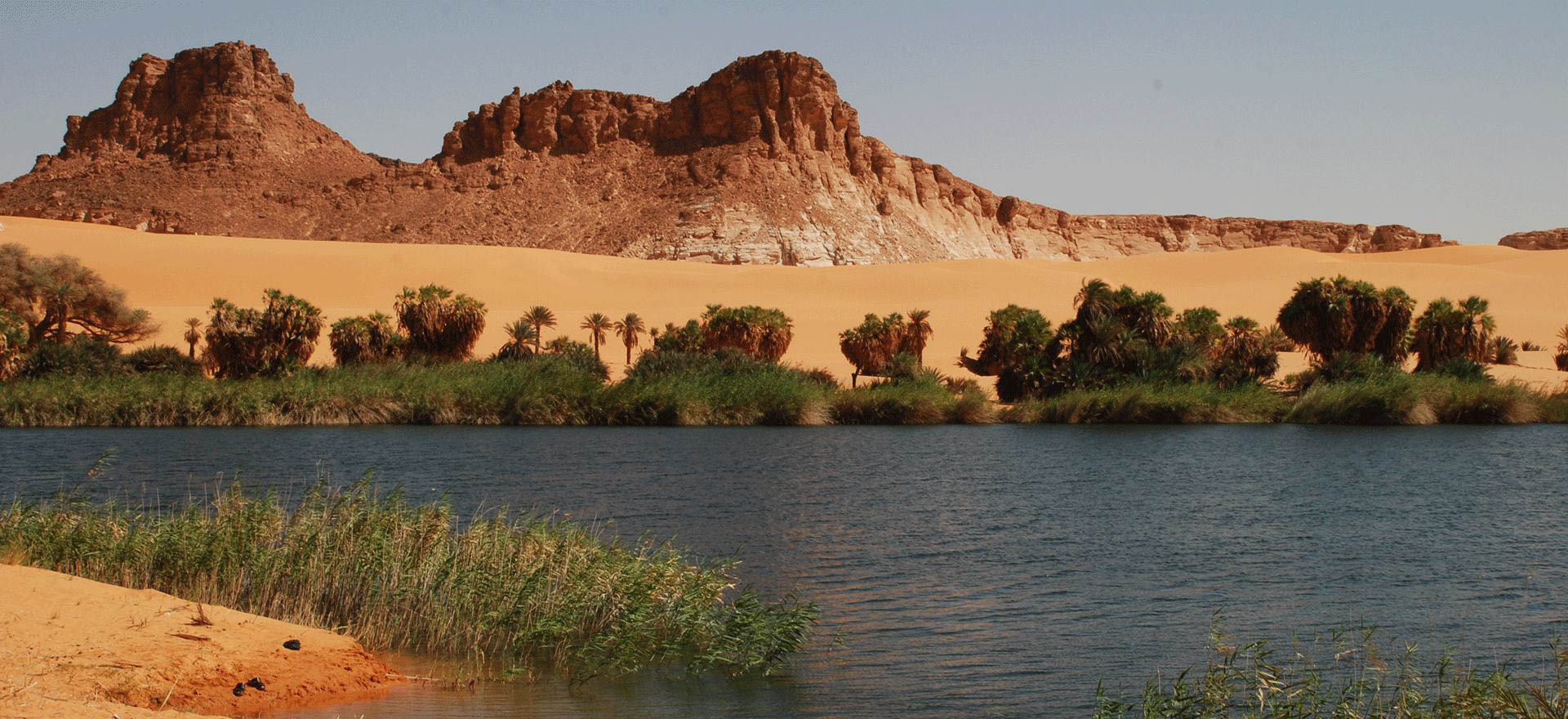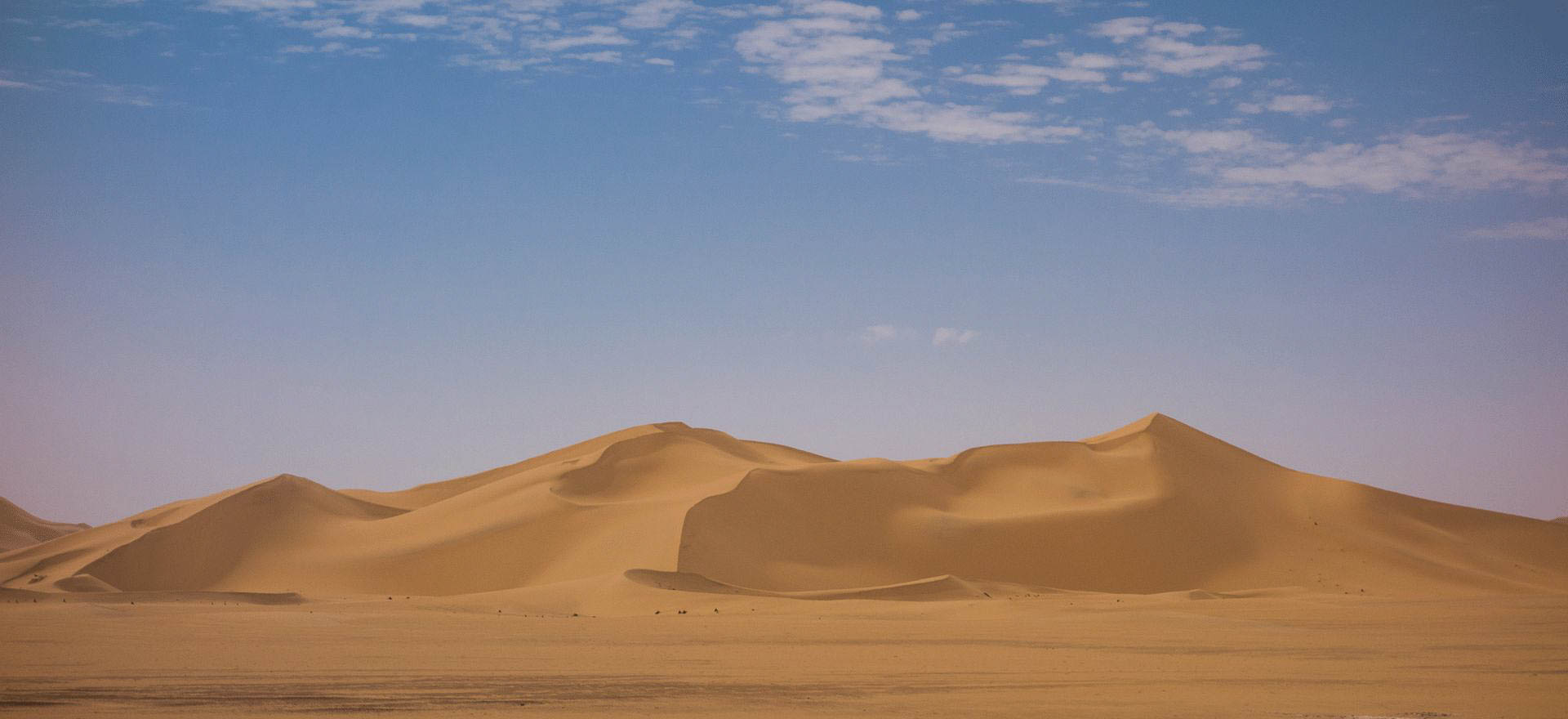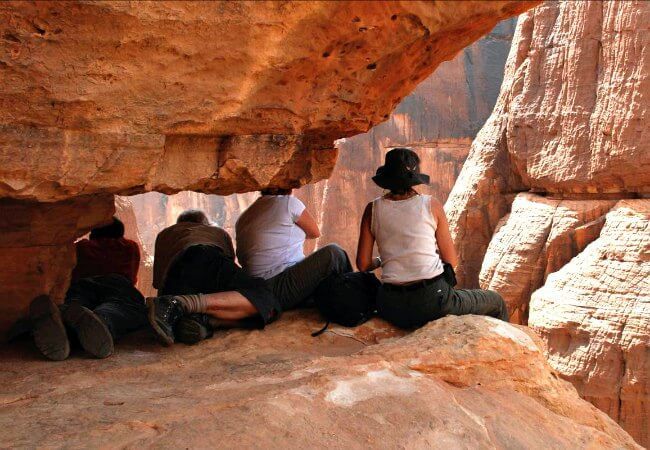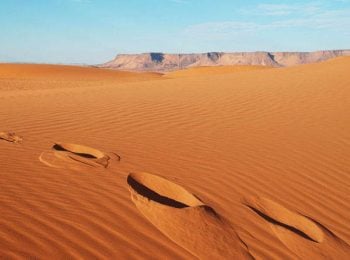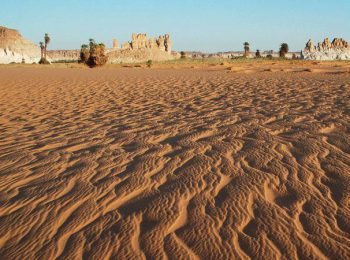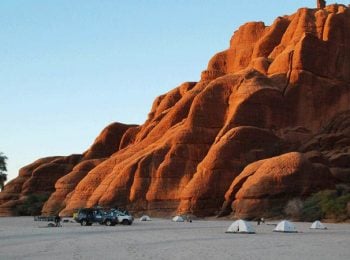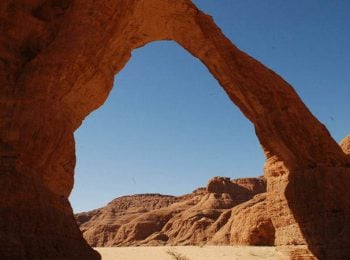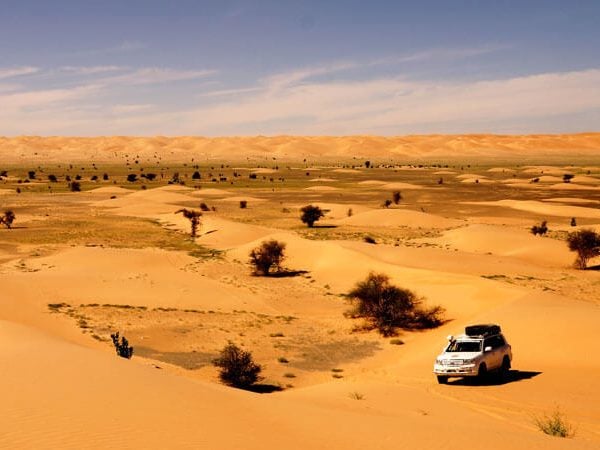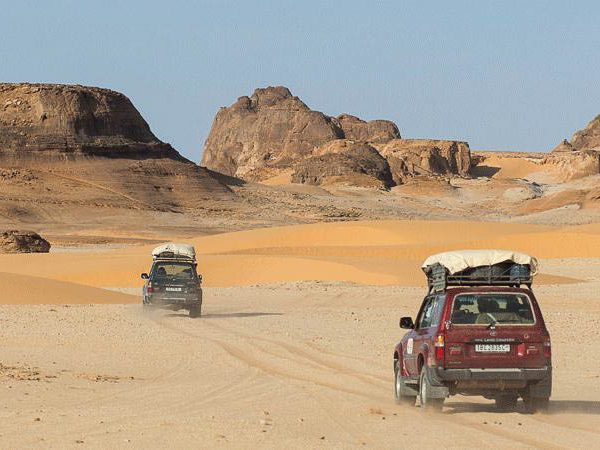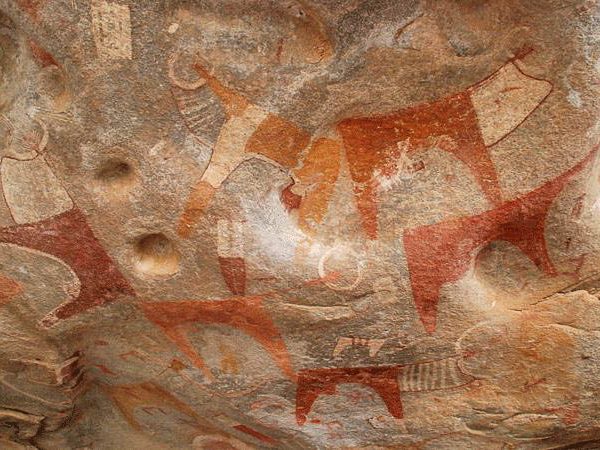Visas
All travellers will require a visa to enter Chad, which must be obtained before travel. Most travellers will also need an invitation letter, which we will provide if requested. Visa regulations can change however and so we recommend that you contact your nearest embassy for the most up to date information.
Health and vaccinations
We are not medically qualified and so we recommend that you speak to your doctor or nearest health professional for advice concerning recommended vaccinations. For more advice on vaccinations, you can also visit www.fitfortravel.nhs.uk.
Please note that Yellow Fever is a compulsory vaccination for entering Chad and you must bring your vaccination certificate with you, otherwise you may not be allowed to enter.
Insurance
It is a condition of joining our tours that you have suitable travel insurance in place, and we cannot accept travellers without insurance. All policies differ in terms of what they will cover, but as a minimum you need medical and health cover, which will cover you for the whole time that you are away. Most policies will also include cancellation cover, which will cover you if an unforeseen circumstance obliges you to cancel your trip. We recommend that you obtain your insurance as soon as you book your trip.
Please note that government travel warnings often affect the validity of your travel insurance, and you should check this with your insurance company.
Money
The local currency in Chad is the Central African CFA, a currency that is shared with many other countries in the region. It is not however, the same as the West African CFA, and the two are not interchangeable. It is best to bring Euros for exchange purposes as the CFA is not obtainable outside of the region.
You will not be able to change money outside of N’Djamena and so we recommend that you change money at the hotel upon arrival.
Local conditions
When travelling to some of the destinations we offer you need to bear in mind that things won’t always work here as we’re used to them working at home. Travelling in underdeveloped and untouristed destinations requires both patience and a sense of humour. There may be problems with infrastructure, attitudes may be different, and maintenance may not be as high a standard as we would always like, but this is very much part and parcel of travelling in such a place. We aim to resolve any issues as quickly as possible, and thank you for your patience.
Chad is one of our most pioneering destinations. Not only is there very little tourism here but the nature of the destination means that you should be prepared for challenging conditions. Outside of the capital very few hotels or accommodation options exist – in the desert these are non-existent. There are few opportunities to buy supplies en route and so we carry the majority of these with us, stocking up on fresh vegetables and fruit in the small towns that we travel through, where possible.
There are no formal bathroom facilities on our trips in Chad, although on many nights you will be provided with water for washing, depending on how far we are from any wells and how much water we have used that day. Priority is given to drinking water, which is drawn from wells and treated with a sterilizing agent to make it safe to drink.
Our trips in Chad travel to some of the most remote parts of the Sahara, and it is essential that you appreciate what this entails before booking a trip. We cannot promise home comforts or luxuries and if you expect these, then Chad probably isn’t the right destination for you. However, if you are prepared for sometimes challenging conditions, then Chad offers an adventure that is difficult to match through some of the most untouched, traditional and isolated corners of Africa.
Travel advice
We keep a very close eye on the travel advice issued by the UK Foreign and Commonwealth Office so that we can keep you up to date with any warnings. At the time of writing the FCO advises against travel to all parts of Chad.
We work very closely with our local team and are fully confident that we can operate tours safely in Chad. Should you have any concerns over safety please do not hesitate to contact us and we can address your concerns.
This relates to advice from the British government – other nationalities need to check the stance of their own governments.
Updated May 2019

